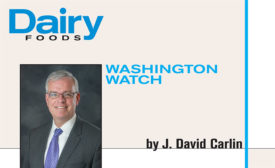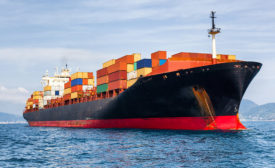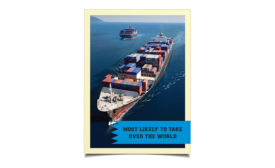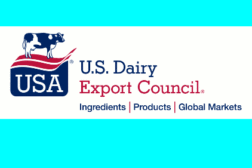Home » Keywords: » dairy export market
Items Tagged with 'dairy export market'
ARTICLES
2019 State of the Industry: US dairy exports lose their pass line bets
But odds are, 2020 will have winners on the field
November 22, 2019
Dairy organizations applaud work to deepen Philippine trade relations
The country purchased $243 million in U.S. dairy products in 2017.
October 25, 2018
U.S dairy delegation travels to China on trade mission
Tom Vilsack, president and CEO of the U.S. Dairy Export Council, will speak on Aug. 25 to hundreds of Chinese dairy leaders attending the China Dairy Industry Association meeting.
August 23, 2018
State of the Industry 2017: Dairy exports have a positive outlook
With a ‘pretty good’ outlook for global demand, the U.S. dairy export sector could earn the title of MOST LIKELY TO TAKE OVER THE WORLD.
November 17, 2017
Corner office
Former USDA Secretary Vilsack to lead U.S. Dairy Export Council
The new president/CEO will provide strategic leadership and oversight of global promotional and research activities, regulatory affairs and trade policy initiatives.
January 17, 2017
Ultra-high demand
U.S. dairy suppliers find 'spiraling demand' from China for UHT Milk
The Chinese like their UHT milk in 1-liter-size boxes.
October 28, 2013
World dairy markets
Rabobank analysts see scarcity and fewer exports from the 'Big 7'
Low milk prices, extreme feed costs and bad weather are expected to slow production growth in export regions to a trickle.
September 27, 2012
Stay ahead of the curve. Unlock a dose of cutting-edge insights.
Receive our premium content directly to your inbox.
SIGN-UP TODAYCopyright ©2025. All Rights Reserved BNP Media.
Design, CMS, Hosting & Web Development :: ePublishing








